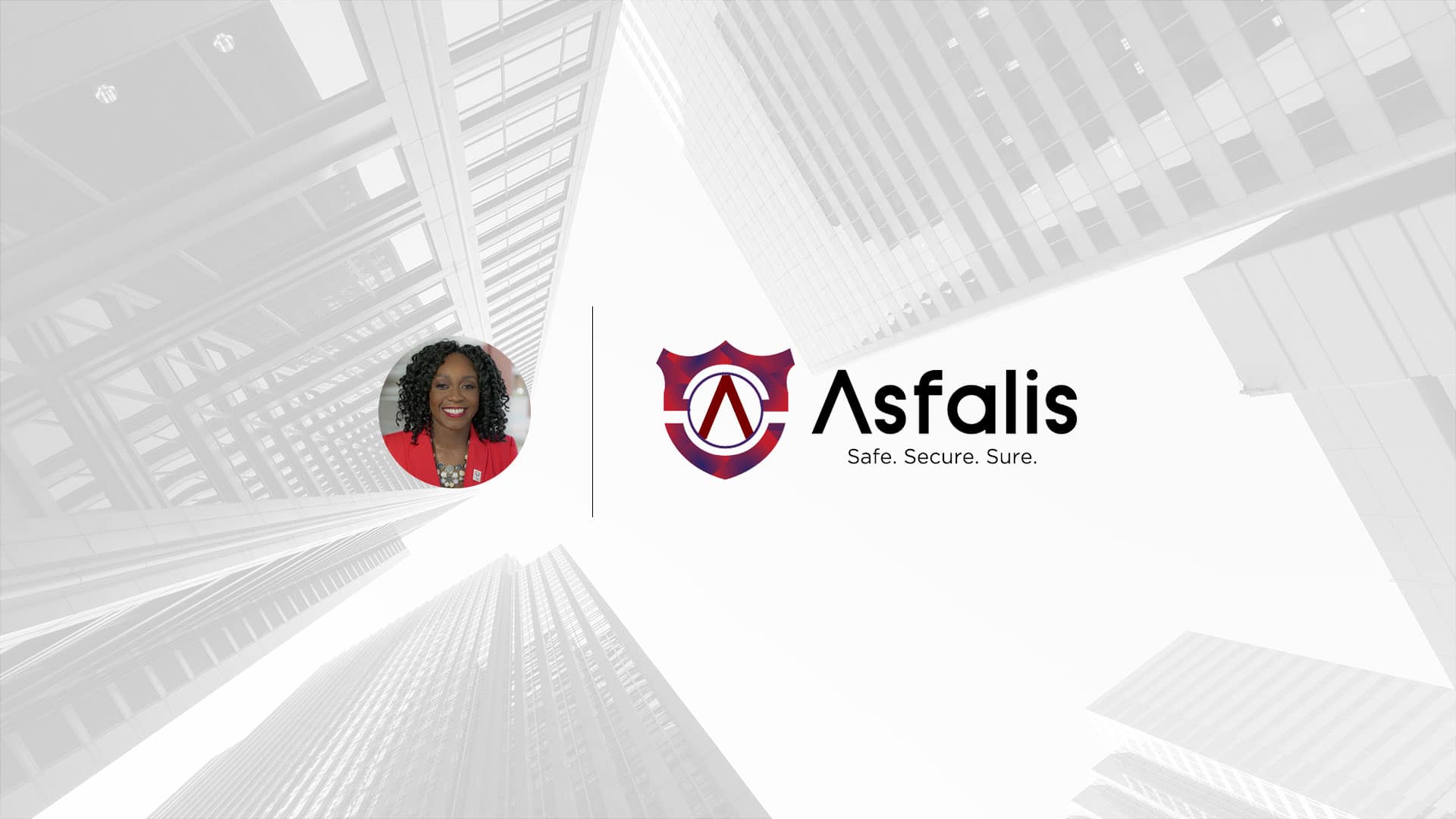Organizations that reach a state of true business and brand resiliency are the ones that are pushing the best-practice boundaries. But what separates business resiliency from crisis readiness? How should organizations apply this concept? To probe these areas, J.D. recently interviewed Vanessa Vaughn, Founder and Chief Resilience Officer of Asfalis Advisors, a strategic partner of M Booth that provides enterprise resilience solutions for organizations. Vanessa was the first woman in Georgia to obtain a Bachelor of Arts in Homeland Security and Emergency Management from Savannah State University. Under her leadership, Asfalis Advisors has implemented resilience programming with Fortune 500 brands across multiple industries including retail, transportation, and manufacturing.
J.D.: Vanessa, you have a unique story about your personal resilience and how your career was launched. Mind sharing?
VAUGHN: J.D., it began when I experienced my personal perfect storm on March 14, 2008. I was in a F2 tornado with wind speeds exceeding 130 MPH. My car was totaled while I was inside of it. Pure havoc was happening all around me. Buildings were collapsing, light poles falling, and cars, dumpsters and billboards were flying everywhere. Afterwards, I learned it was the first tornado on record to hit the city of Atlanta. One person lost their life and 50 people lost their homes.
At the time, I was studying Homeland Security and Emergency Management from Savannah State University and this was my first taste of a crisis. There were no sirens or warnings. The roof ripped off the Georgia Dome during an SEC championship basketball game and more than 70,000 people started running outside. I remembered people from all over the world visiting Atlanta – some who did not speak English – had trouble finding their lost ones and did not know where to turn for help. Streets were closed for weeks and businesses had to recover. That day birthed the idea of supporting businesses and their workforces to absorb impacts and bounce back from disruption. This is known today as business resilience.
J.D.: Well, your passion and great energy toward business resiliency is obvious to anyone who meets you. Let’s define resiliency. How does it differ from general preparedness?
VAUGHN: Resilience is simply the capacity to recover quickly and spring back into shape. Like a basketball, once it hits the ground, it’s coming right back up. Business Resilience is an inter-discipline that encompasses cyber security, business continuity, crisis management, crisis communications, disaster recovery, emergency management, enterprise risk, etc. An organization cannot achieve true resiliency without actively aligning all the disciplines above. Preparedness really means the quality or state of readiness. That typically translates to “activities implemented prior to an incident that may be used to support and enhance mitigation of, response to, and recovery from disruptions” (Disaster Recovery Journal Glossary). The challenge is some organizations approach preparedness with only a plan or manual. I always say, words on paper don’t move…. People do. That is the difference between resilient and prepared organizations.
J.D.: So, business resilience is more comprehensive because it requires multi-disciplinary alignment and cross-functional training?
VAUGHN: Yes. I see Business Resilience as I see doctors in a general practice. You may come in for a stomach ache, but after active engagement and getting to the root of the issue, the doctor has to send you to the Otolaryngologist for an ear infection. Business Resilience is the same way. Or pilots for example, as they must practice a minimum of 1500 hours to fly for some airlines. When an engine fails or when landing gear doesn’t work, they should know exactly what to do because they’re trained on how to fly as a pilot, but also understand the mechanics of the aircraft. Equipping people to manage disruptions is what sets your organization apart.
It’s a team effort and it requires the right people having a seat at the table. Which means, when your company is faced with a threat, engage the experts in the business who are actively managing the elements of your business resilience program daily. They probably have the answers to the questions you are asking, or more importantly, they know where to find them.
The reality is, unless your industry is regulated, people are tasked with multiple hats and the elements of business resilience go on the back burner. Until something happens.
J.D.: What are the common barriers to achieving a state of resiliency? Understanding the difference between resiliency vs. preparedness? Cost? Time?
VAUGHN: All of the above. We don’t know what we don’t know. As professionals, it is our responsibility to support our leaders with the right information. It’s also important to say: “That’s a great question, we need to bring the information security or reputation management or disaster recovery team(s) in the room to provide a better perspective.” The reality is, unless your industry is regulated, people are tasked with multiple hats and the elements of business resilience go on the back burner. Until something happens.
J.D.: Any quick tips that would help organizations begin to realize the need for more active resiliency?
VAUGHN: There are so many that come to mind, however, I will leave you with three indicators.
- If your organization or board of directors doesn’t have an active discussion on enterprise risks once a quarter, it’s time to start. If you can’t see the risks, you can’t solve for them.
- If your organization never experienced a crisis or disaster, and you have been “lucky,” start planning. Now. Don’t just plan for the incidents that may never happen. Plan for the water leak, power outage, loss of a key employee, etc. The small things can bubble up into a crisis if you’re not ready to manage them.
- If your C-suite and other leaders don’t actively engage with sim-style exercises once a quarter or delegate these, it’s time to launch these and demand executive participation. In today’s world, social media tells your story before you do, and consumers understand the power they have. The first few minutes of any crisis (for small and large businesses) is critical. These exercises will expose gaps before a crisis does.
M Booth is passionate about issues/crisis management and has tools and processes for clients to reach an elevated state of brand resilience. Stay tuned for more information through future POVs and strategic-partner interviews!




